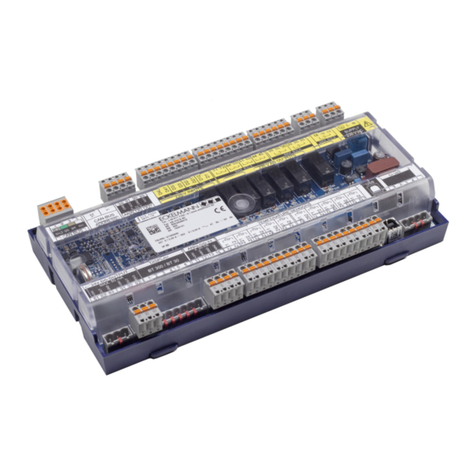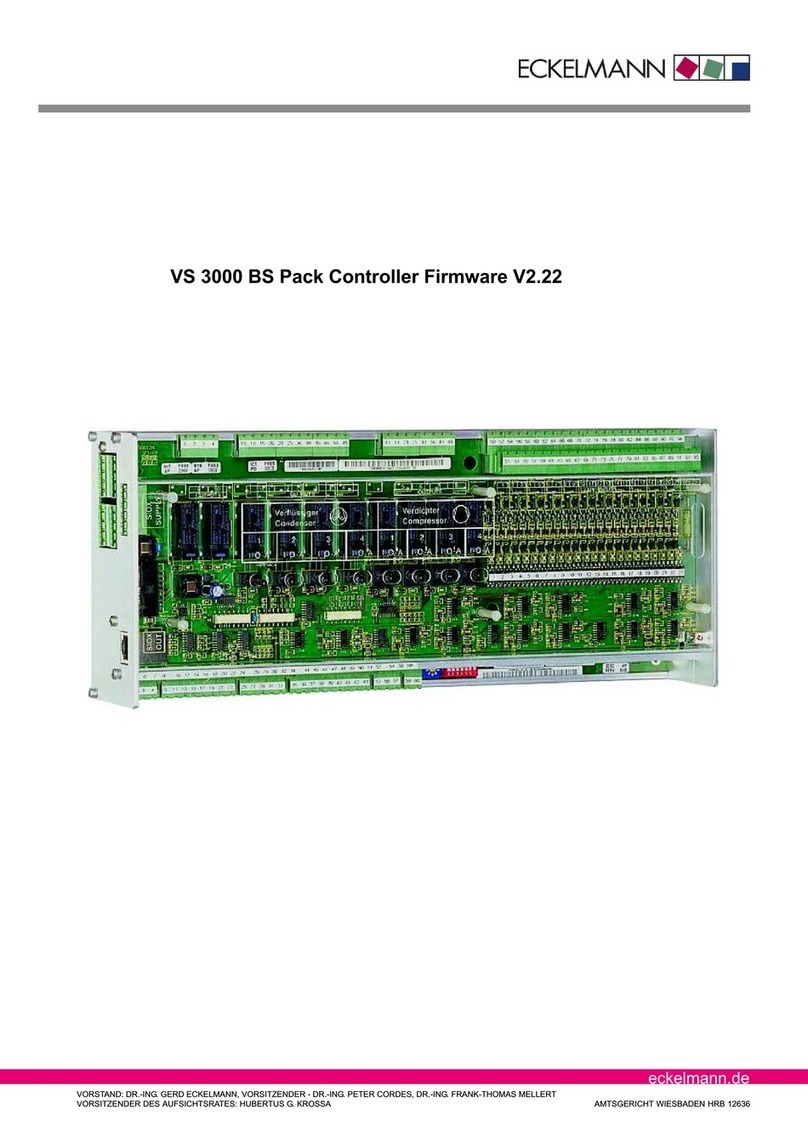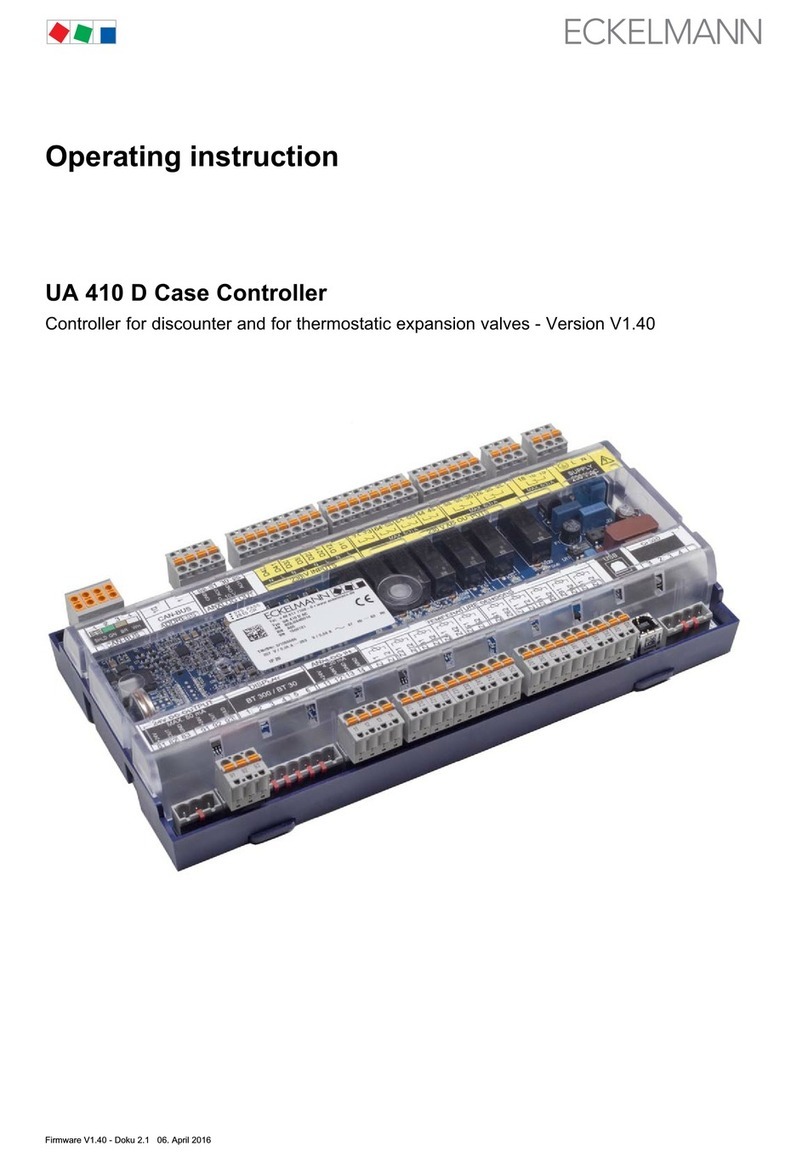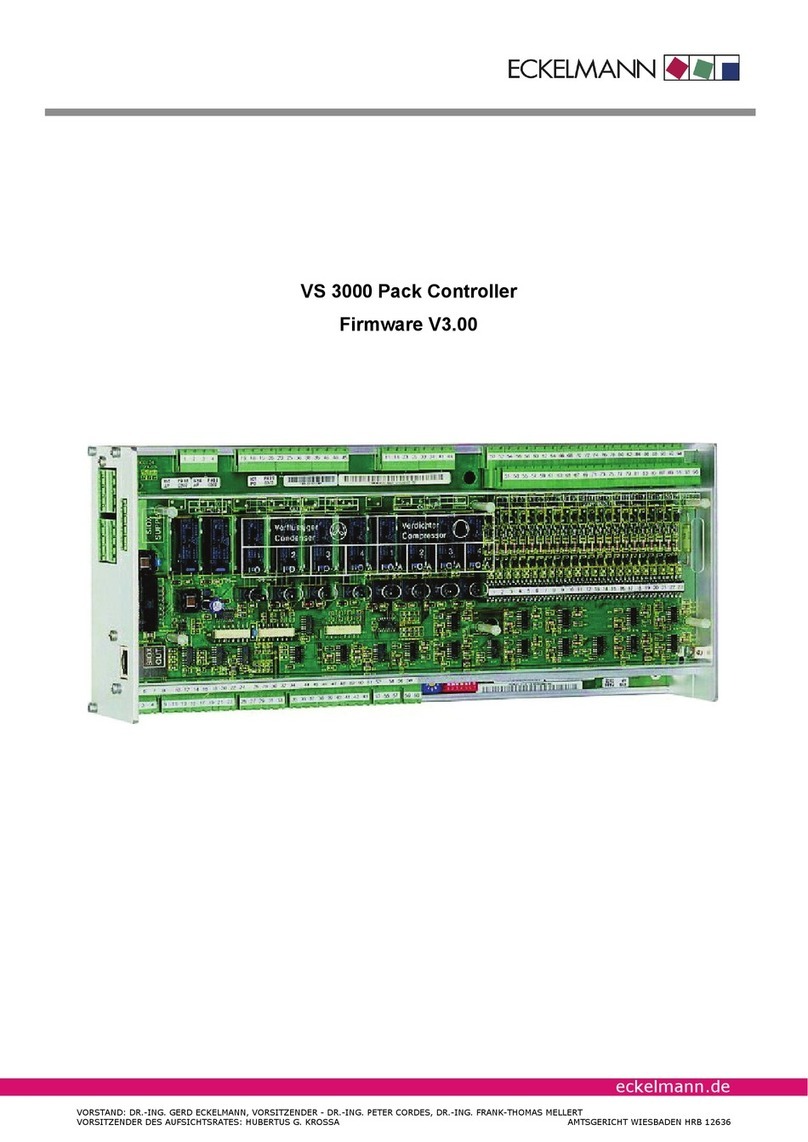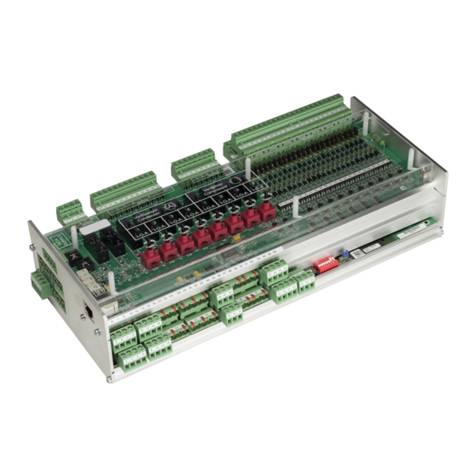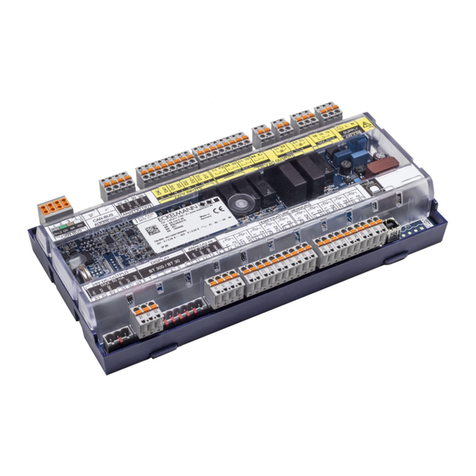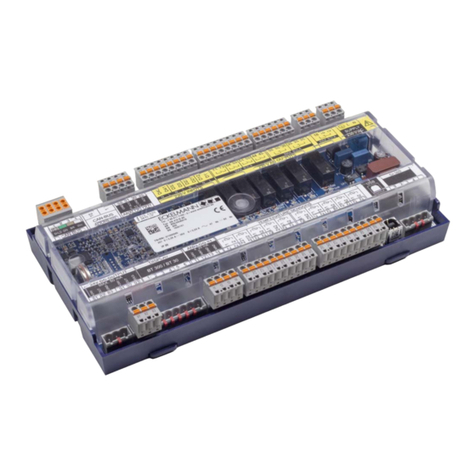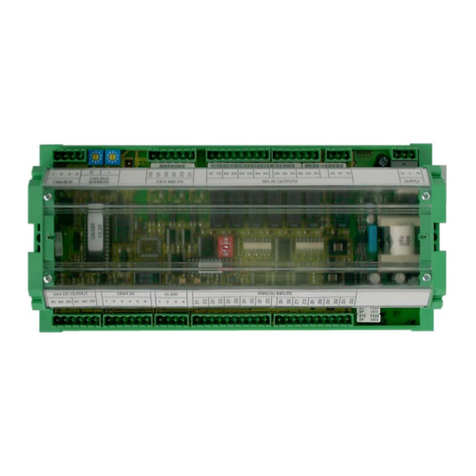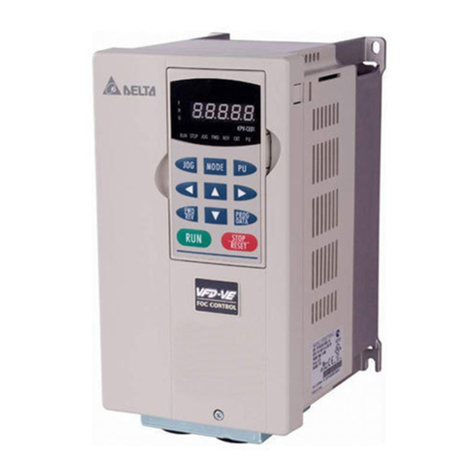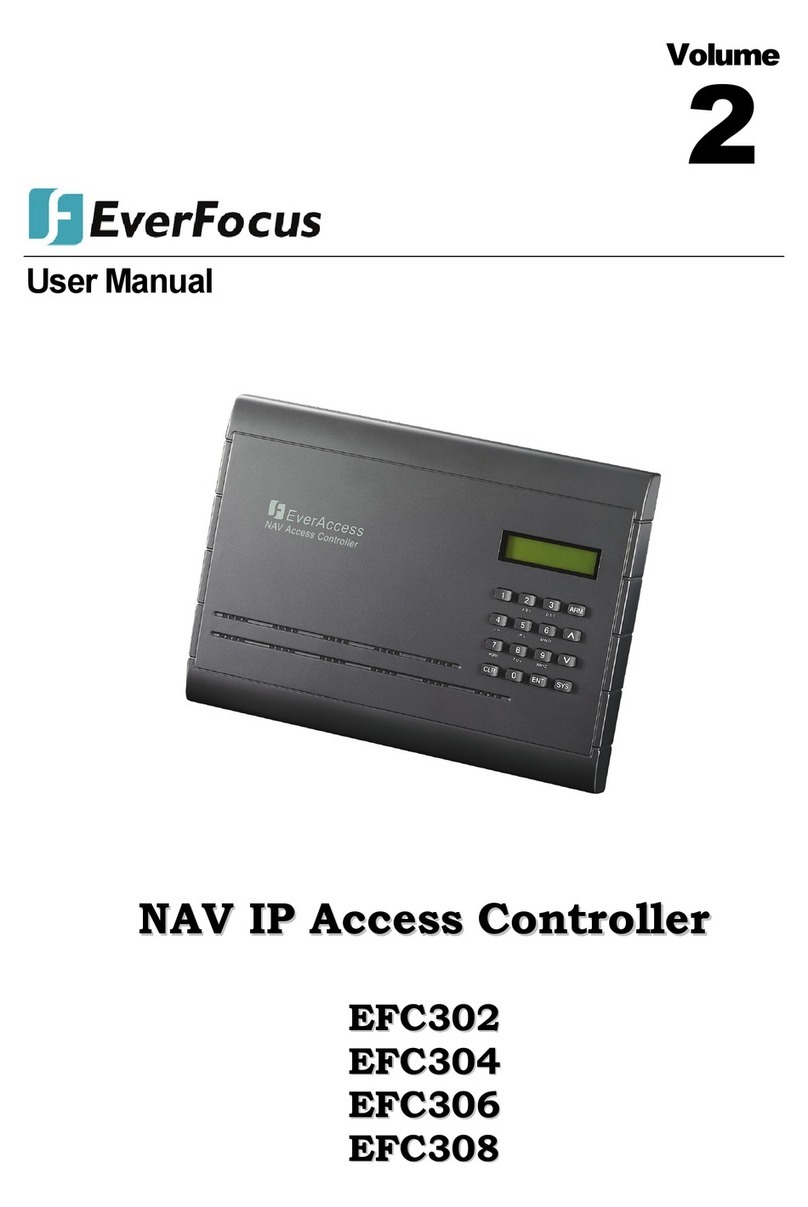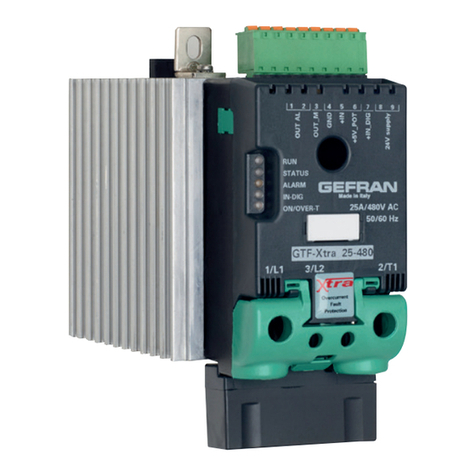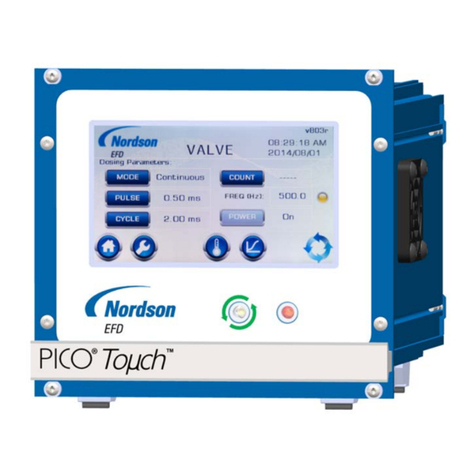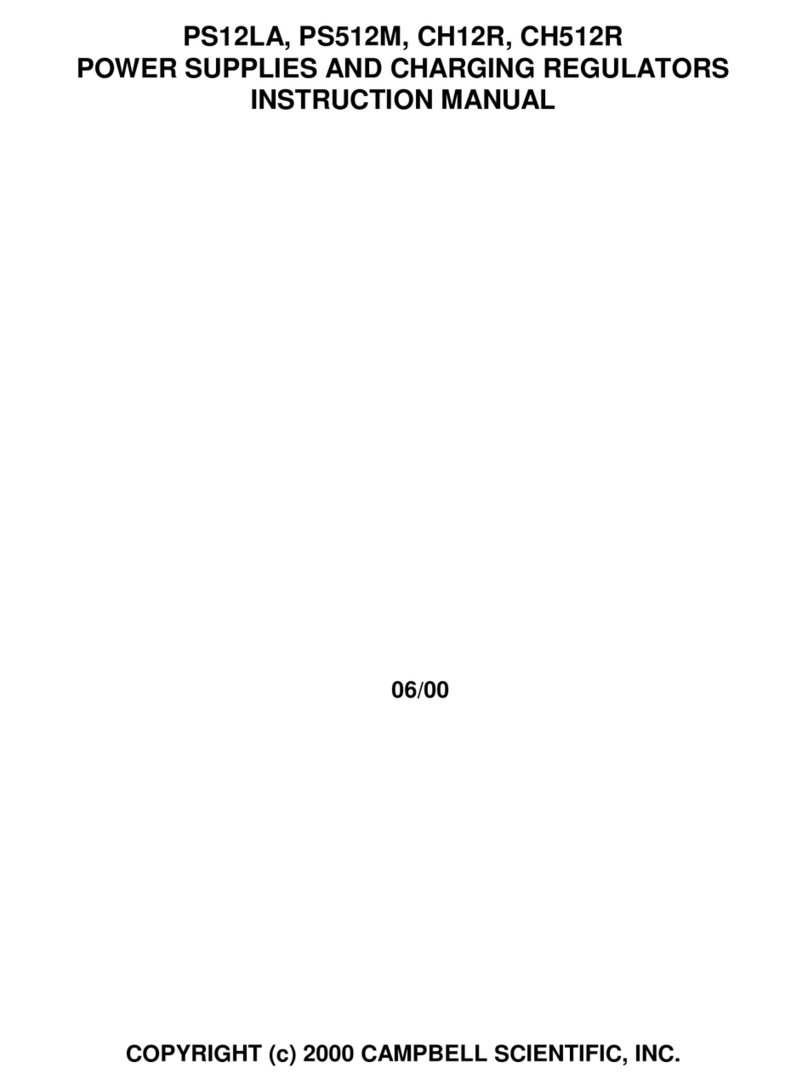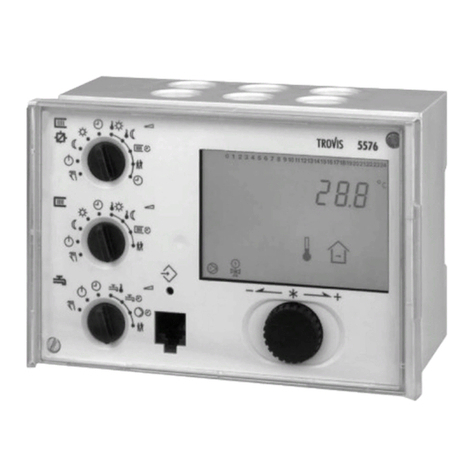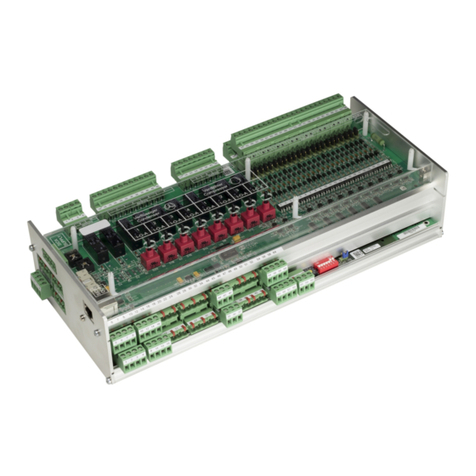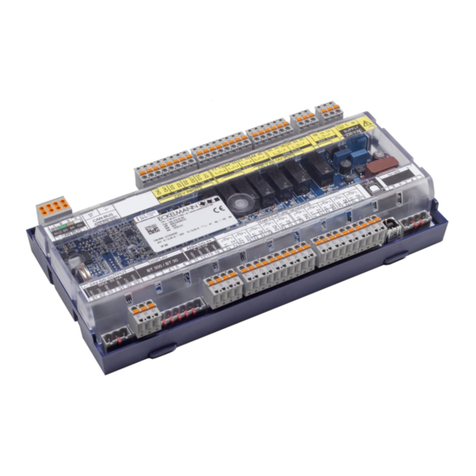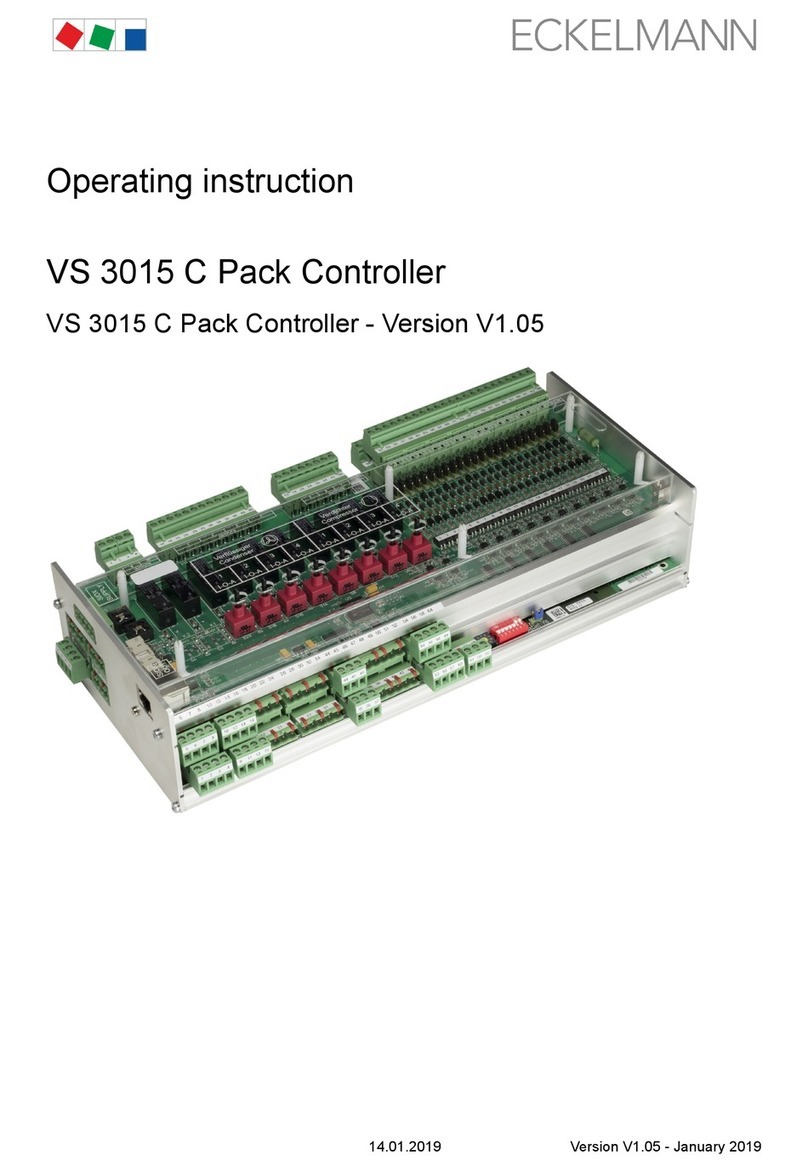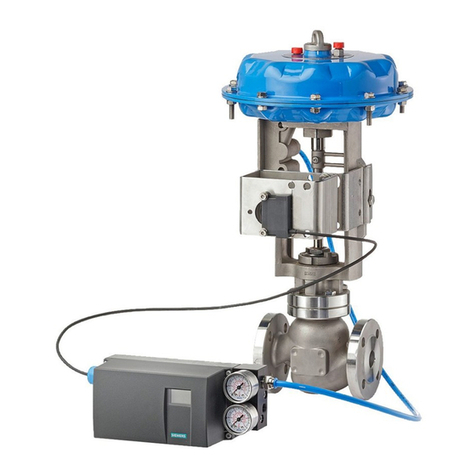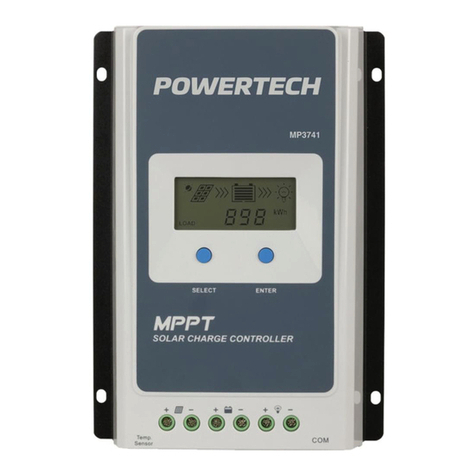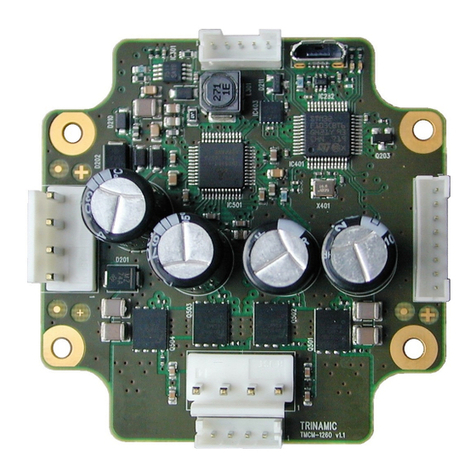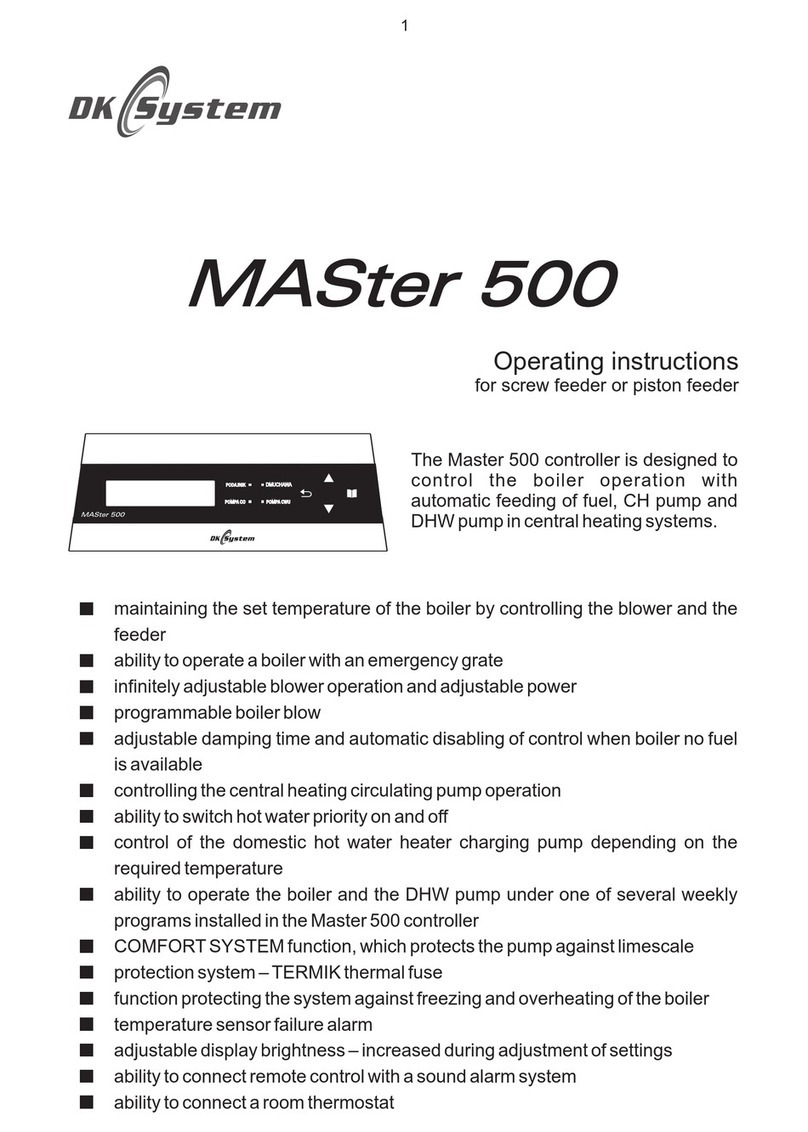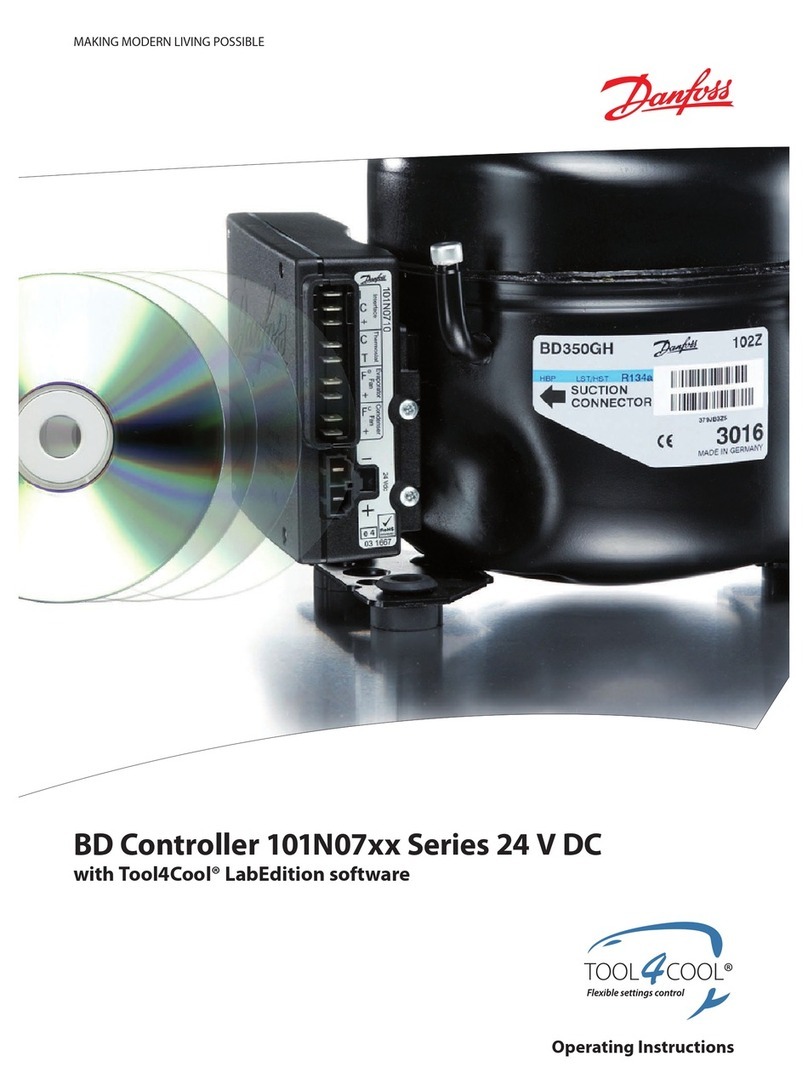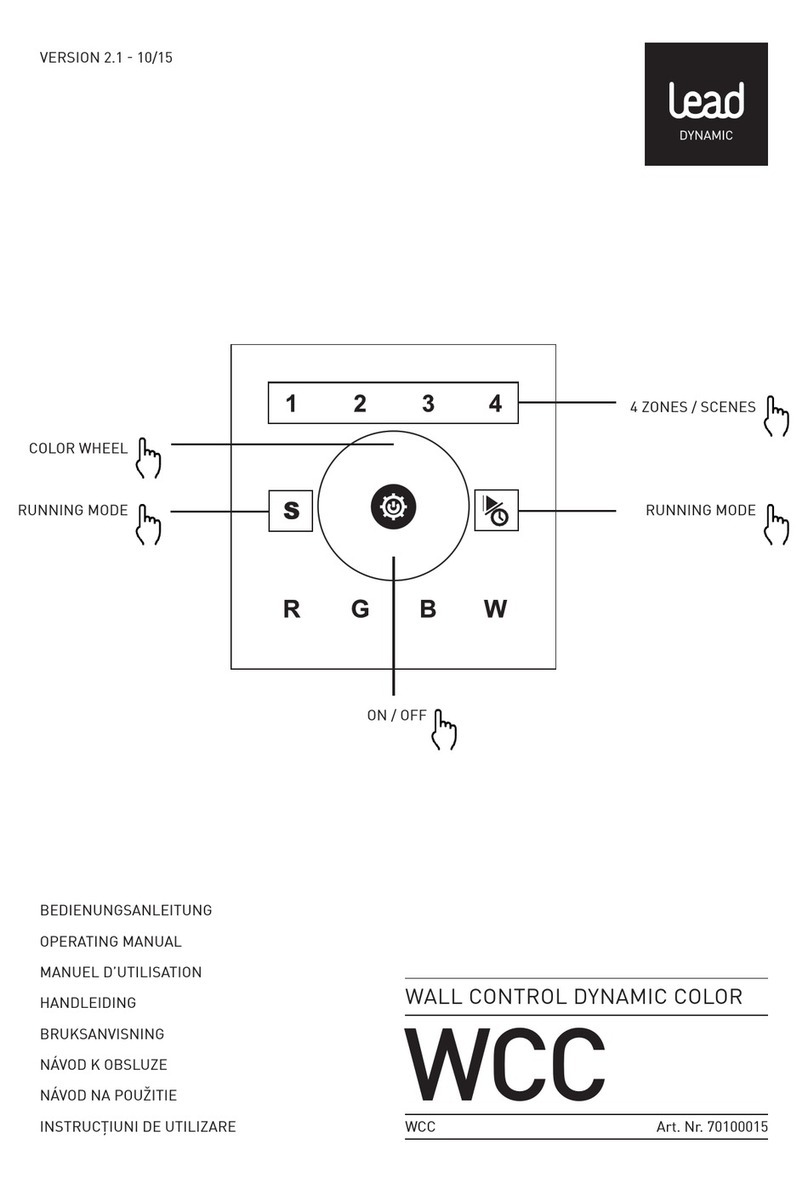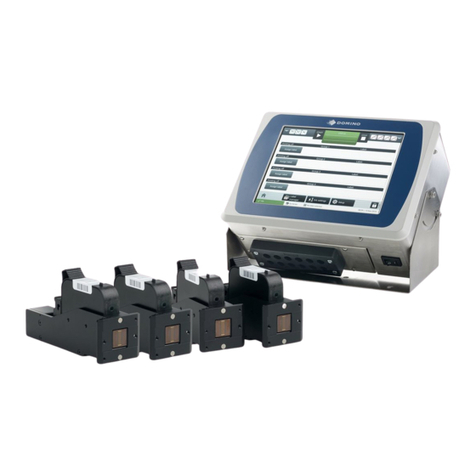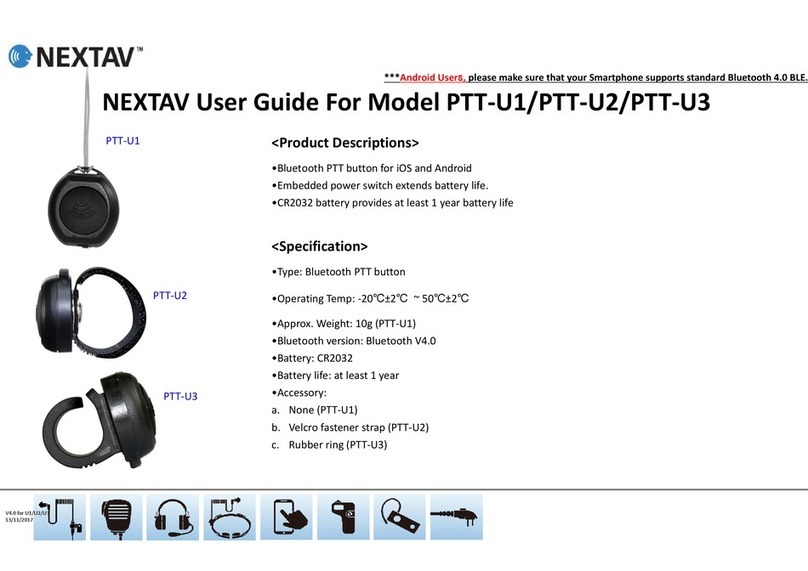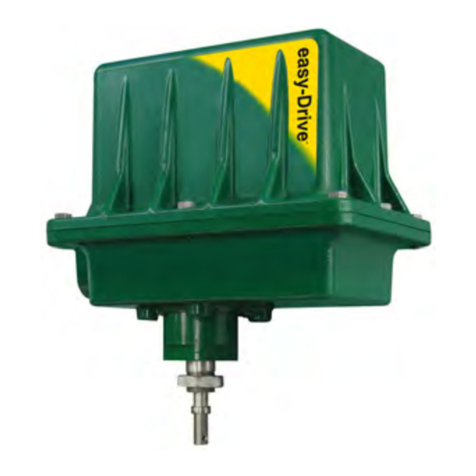
Safety instructions
3
Doku-Version 2.05 - Firmware 2.10 - 15. September 2017
1 Safety instructions
The safety regulations, codes and notes contained in this section must definitely be observed and
complied with at all times. During repairs on the entire E*LDS system, the accident prevention regu
lations and general safety instructions must be observed. Important information (safety instructions
and hazard warnings) are indicated by corresponding symbols (see page 1 of the chapter ”Conven
tions”).
Follow these instructions in order to prevent accidents and danger to life and limb, as well as dam
age to the E*LDS system.
Warning - hazardous electrical voltage!
Danger of electric shock! Beware of external voltage at the digital inputs and outputs!
All device connections/plugs are only to be plugged in, unplugged and/or wired when off load.
SThis instruction manual is an integral part of the equipment. It must be kept in the proximity of the equipment
and must be stored for future use, so that it can be referred to when necessary. To avoid operating errors, the
operation instructions must always be kept available for operating and maintenance staff, see Chapter 1.2.
SFor safety reasons, the equipment must not be used for any application other than described in the manual
i.e. only for the intended use, see Chapter 1.3.
SBefore using the equipment, always check that its limits are suitable for the intended application.
SCheck that the electric power supply is correct for the equipment before connecting it to power.
SWhen using uncoded plug connectors, it is possible to connect them so that there is a danger to life and limb!
If this cannot be ruled out, coded plug connectors must be used.
SSpecified ambient conditions (e.g. humidity and temperature limits) must be observed and complied with in
order to avoid malfunctioning (see Section “Specifications”).
SCheck correct wiring of the connections before switching on power to the equipment.
SNever operate the equipment without its casing. Before opening the casing the equipment must be switched to
zero potential.
SNote and observe maximum load on relay contacts (see Section “Specifications”).
SContact the supplier in any malfunction.
SNote that all leads running to and from the controller- especially those of the CAN bus - must be shielded and
installed sufficiently clear of other leads carrying live power. Doing so will avoid faulty measurements and will
protect the equipment from external interference via the analog inputs.
Parallel connection of RC elements is recommended for applications in a critical environment.
1. According to experience, error message transmission is not yet fully functional during commis
sioning (no telephone line laid etc.) In such cases it is urgently recommended to monitor the con
troller via the CAN bus using a system centre, a store computer or an operator terminal, and enable
error message transmission e.g. using a GSM modem via a mobile telephone network. In stand
alone operation, or as an alternative to monitoring with the system centre / store computer / operator
terminal, an alarm contact on the controller must be used in order to realise error message transmis
sion via a telephone network.
2. In the interests of fire prevention, allowance should be made at the time of planning the system
for a suitable shutdown device designed to operate in the event of excessive temperature on the
defrost heater (high-temperature cutout).
For further information on the CAN bus, see the operation instructions
”Basic and General Safety and Connection Instructions”.




















